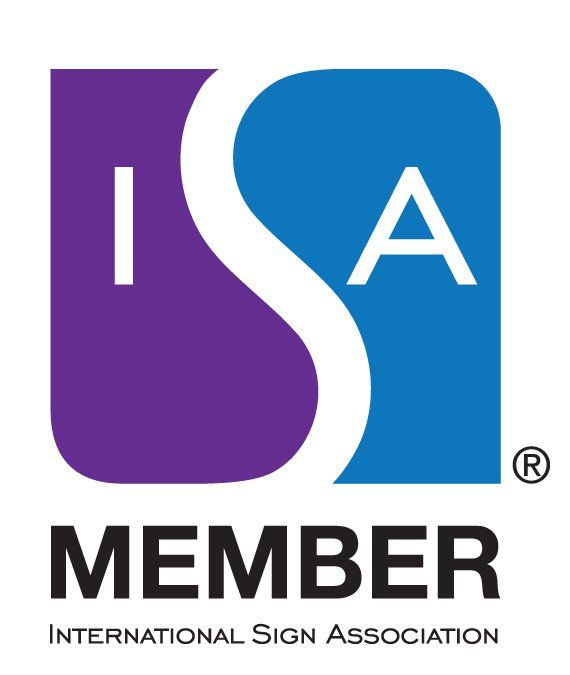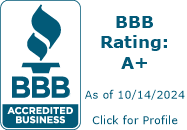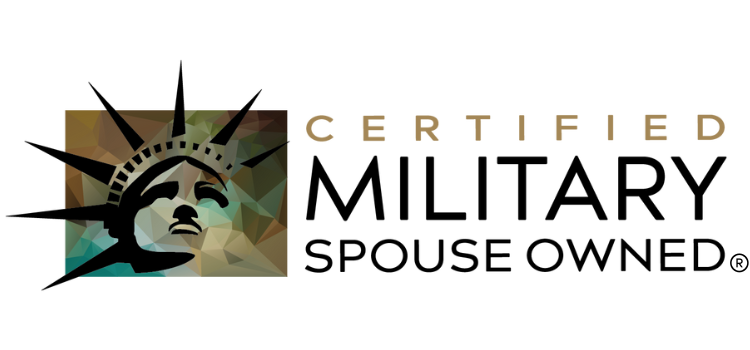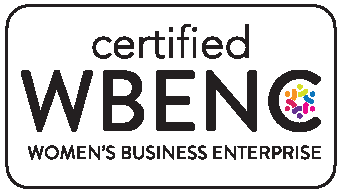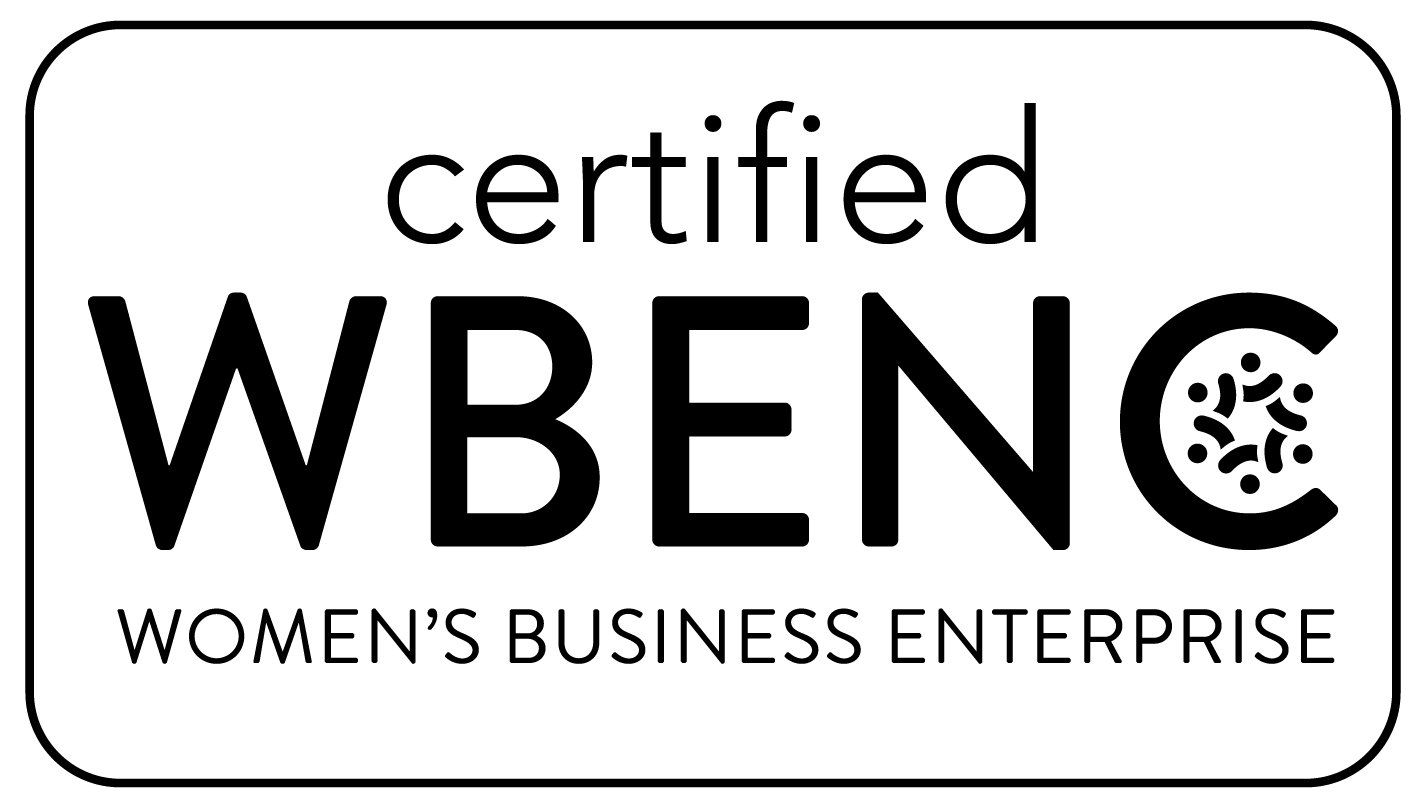NEWS
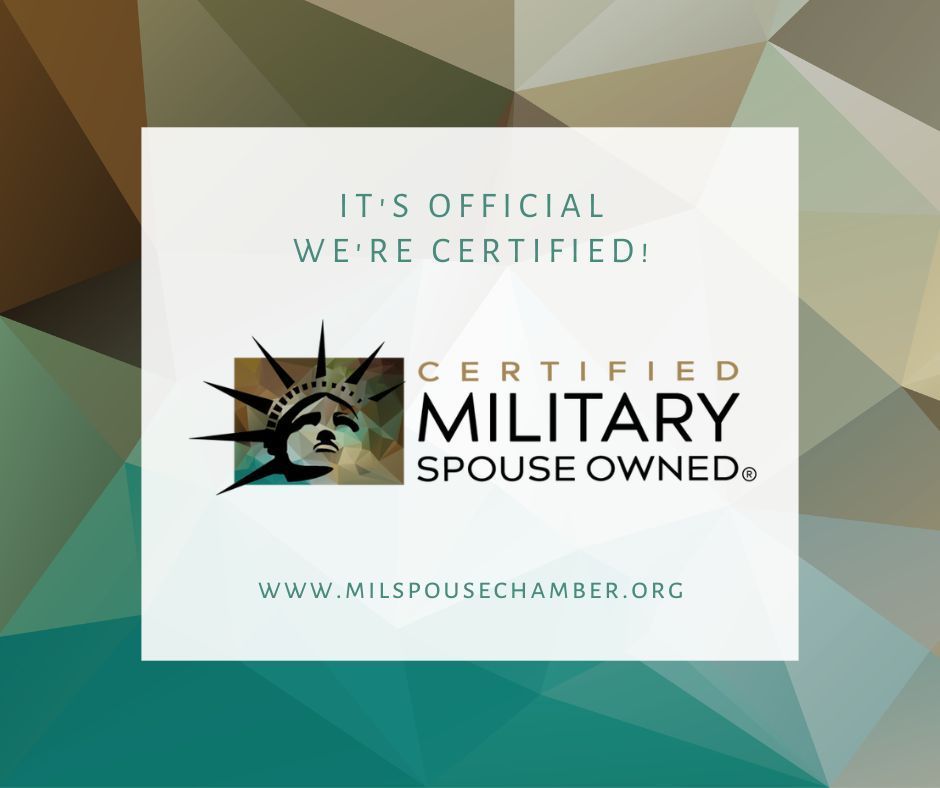
Celebrating recognition as a Military Spouse Owned Enterprise Canal Winchester, OH - Expedite The Diehl LLC is proudly celebrating an achievement in becoming an officially recognized Military Spouse Owned Enterprise. The U.S. Military Spouse Chamber of Commerce created the first and only of its kind certification, in an unprecedented commitment to land military spouses a seat at the B2B table for the first time in history. The United States has long been defended by members of the armed forces and in a silent role, military spouses support those service members. Cost of living in the U.S. often warrants dual household incomes to cope with high living expenses. Military families give up a lot in the name of freedom, from constant relocations, and time away from family, to the difficult reality that finding a career that fits this lifestyle continues to be a challenge. Secure employment for spouses continues to be an enduring sacrifice with military spouse unemployment being four times the national average, pre-pandemic. Military spouse employment is a hot topic within the military space with hundreds of organizations working to provide solutions, improve policy, and increase opportunities for traditional employment. Traditional employment is only half of the picture. As the challenge to obtain traditional employment lingers more military spouse are turning to entrepreneurship with 48% of spouses having been selfemployed or operating their own business. “Traditional employment initiatives only account for half of military spouses. To move the needle on military spouse unemployment, we must focus energy on the other half of the equation, selfemployment.” Jaime Chapman, COO and Co-Founder, U.S. Military Spouse Chamber of Commerce Tracey Diehl started her company as a military spouse after her husband reached his 15th year of service at a time when the Army said “We’re moving you again”. Tracey found a way to pioneer a company that was portable and has relocated her entire company 5 times since it’s formation in 2007. The U.S. Military Spouse Chamber of Commerce is on a mission to garner national recognition of military spouse business owners through its certification process. Supporting military spouse owned business is a win-win move for both the spouses and the corporation who hire them for B2B enterprise. By supporting the military spouse, you directly impact the quality of life for the service member, influencing higher military retention and national security. “The Military Spouse Owned Enterprise certification gives military spouse business owners a seat at the table.” Beth Conlin, Amazon Since 2012 military spouse unemployment remains statistically unchanged. It’s time to look at the entire picture, including the 48% of military spouse entrepreneurs. The best way to find and support a military spouse owned business is to start locally. This locally military spouse owned business has impacted the commercial sign industry in a big way! Tracey Diehl, Owner of Expedite The Diehl LLC located in Canal Winchester, Ohio has operated a virtual company for sixteen years. As a military spouse herself, Tracey discovered that the best candidate for growing her team was the military spouse and currently Expedite The Diehl LLC has more than 7 military spouses on their team of researchers and permit managers. Expedite The Diehl LLC serves more than 90 national image building companies, providing sign code checks and sign permitting services. “The U.S. Military Spouse Chamber of Commerce proudly welcomes EXPEDITE THE DIEHL LLC as on officially certified Military Spouse Owned Enterprise. We know that Expedite The Diehl LLC will continue to make a positive impact in the local community and lend credibility to their fellow military spouse peers.” Jaime Chapman The Military Spouse Chamber is forging the path to national opportunities in public and private sectors for military spouse owned business. The Military Spouse Owned Enterprise Certification (MSEC) is the first and only certification of its kind allowing corporations to formally recognize and track supplier diversity spend with military spouse businesses and opens a new door for economic empowerment. To learn more about the certification, please visit www.milspousechamber.org/certification. # # # About the U.S. Military Spouse Chamber of Commerce: The Military Spouse Chamber of Commerce (MSCC) is the one stop shop for anything and everything a military spouse business owner could ever need. MSCC is on a mission to ensure that all active duty and veteran military spouse business owners have the tools and resources they need to strengthen their families, communities, and our economy. For more information please visit www.milspousechamber.org, and you can connect with us on LinkedIn, Facebook, Instagram, and Twitter. About the Military Spouse Owned Enterprise Certification: The Military Spouse Chamber is forging the path to B2B opportunity for military spouse owned business. The Military Spouse Owned Enterprise Certification (MSEC) is the first and only “military spouse owned” certification of its kind. The MSEC certification allows corporations to formally recognize and track supplier diversity spend with military spouse businesses and opens a new door for military spouse economic empowerment. To learn more about the certification, please visit www.milspousechamber.org/certification. EXAMPLE STORIES: Instant Teams is a prime example of the impact of military spouse owned business. Instant Teams was founded by military spouses Liza Rodewald and Erica McMannes, and has successfully scaled to over 300 remote employees, closed 2 rounds of funding, and operates in the B2B space with customers such as Walmart, the USO, the Air Force, and Seesaw. Guided by military-centric values and a mindset of service, the Instant Teams secret sauce is a diverse, military connected talent pool of over 10,000 vetted military spouses, veteran spouses, and veteran experts that can be initiated within only a five-day period. When military spouse attorney Donna Huneycutt met White House Policy Analyst and DoD civilian spouse Lauren Weiner over Italian espresso 15 years ago, WWC Global was born. Italy is one of the harshest environments for military spouse employment with strict Status of Forces Regulations limiting career opportunities for military families in Italy. Today, WWC Global is a government contracting powerhouse having won over $400 million in contracts and has actively employed more than 175 military spouses. Jaime Chapman is a veteran, local Fort Hood military spouse and among the first to be certified as a Military Spouse Owned Enterprise. Chapman operates a staffing agency which specializes in placing her fellow military spouses. To date, her company has driven approximately $112 million in total economic impact by helping jobseekers land careers. As an active-duty family, the portability of Chapman’s business is key in her spouse’s decision to serve beyond the 20-year mark as they have lived in four different homes within a five-year period. Supporting a military spouse owned business like Chapman’s directly impacts the economy, the wellbeing of military families, and the nation’s freedom. QUOTES: “The Military Spouse Owned Enterprise Certification gives military spouse business owners a seat at the table.” Beth Conlin, Amazon “Traditional employment initiatives only account for half of military spouses. To move the needle on military spouse unemployment, we must focus energy on the other half of the equation, selfemployment.” Jaime Chapman, COO & Co-Founder, U.S. Military Spouse Chamber of Commerce “Veteran and military spouse business owners are 10x more likely to hire fellow veterans and spouses. By empowering these individuals with meaningful training and mentorship, we are impacting their families, their communities, and our nation’s economy.” Stephanie Brown, CEO and Co-Founder, U.S. Military Spouse Chamber of Commerce
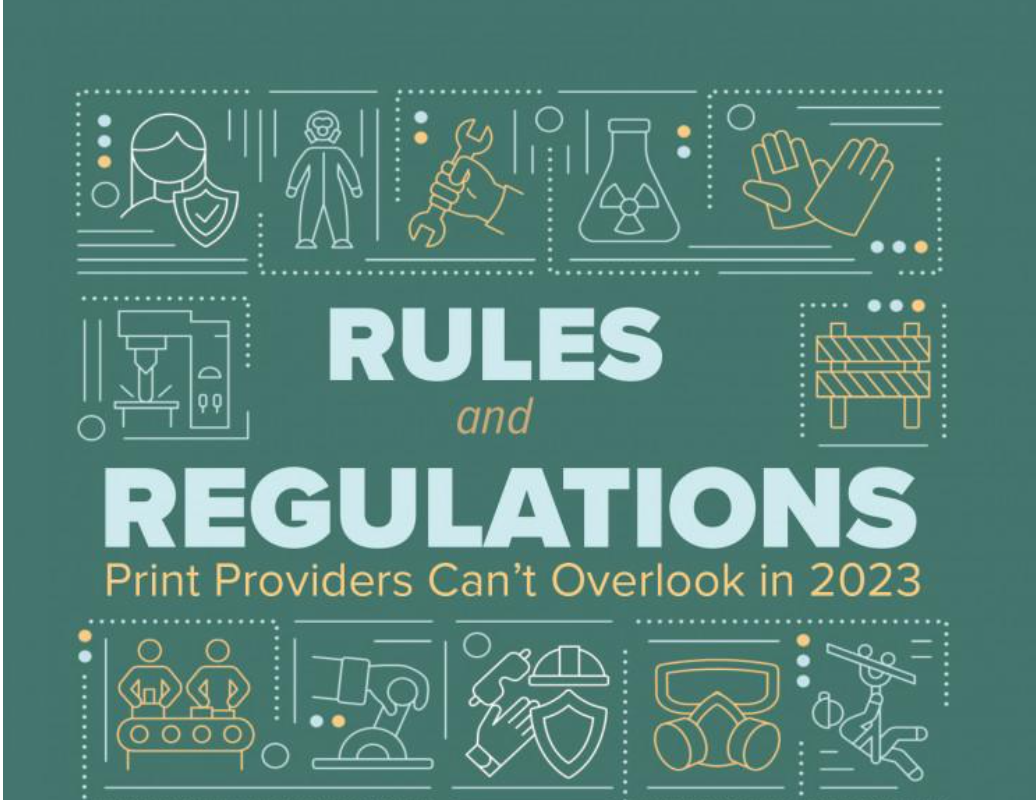
It’s a new year — a time for refocusing and reevaluating, which means regulations and legislation within the printing industry are top of mind for experts. We caught up with a few to see what wide-format print service providers (PSPs) should keep their eye out for in 2023. OSHA is Back Gary Jones, PRINTING United Alliance’s director of environmental, health, and safety affairs, says, “OSHA’s back.” The organization never left, but, during the pandemic, Jones says it had fewer enforcement activities. “They’re back with a vengeance,” he states, expecting additional scrutiny on the printing industry. So, what are some big concerns for PSPs regarding OSHA violations? Machine Guarding Historically, Jones says the printing industry struggles with machine guarding. Some businesses do a great job guarding equipment while others fall short. Laminators are notorious for being inadequately guarded, he adds, which can lead to serious injuries including deglovings. Lockout/tagout is also huge for equipment safety. When the cover is lifted on a machine, there needs to be a physical mechanism (e.g., stop button, proper interlocks) to prevent the machine from unexpectedly moving. It is important to make sure the equipment has the means to protect the worker and not override these safety systems in order to keep operators and your overall business safe. Chemical Safety & PPE Although wide-format printing is primarily a digital process, there are concerns around chemical safety (e.g., inks and cleaning agents). Jones urges businesses to know whether they need safety glasses or chemical-resistant gloves with certain chemicals. “OSHA requires facilities to conduct training in chemical safety under the Hazard Communication Standard (HazCom) and conduct a hazard assessment to identify the proper personal protective equipment (PPE) to protect employees from hazards,” he explains. “PPE hazard assessment and HazCom are always in our Top 10 most commonly violated OSHA regulations.” What to Look for in an Expeditor If you’re on the hunt for code-checking and expediting services, Tracey Diehl, Expedite the Diehl , says PSPs need someone who: • Specializes in sign permits • Asks the right questions and talks to the right people (i.e., the person reviewing the application) • Is willing to sign an NDA to ensure confidentiality • Wants to build a relationship and rapport with you City of Austin v. Reagan Although focused on off-premise signage, the City of Austin v. Reagan National Advertising of Austin had the potential to impact on-premise. Hickey says, “ISA was pleased with the Austin v. Reagan decision because it maintained the regulatory status quo for thousands of communities across the country. If the on-premise/off-premise distinction was found to be unconstitutional, ISA believes (as we argued to the court in our two amicus briefs) that it would have resulted in a serious crackdown on all signs, including those on-premise signs made with wide-format printers.” Anticipating the court’s ruling, ISA’s Peskin says some transportation departments changed their permitting rules for off-premise outdoor advertising. For example, he says in Colorado, Tennessee, and Kentucky, there is no distinction between on- and off-premise. “Instead, the criteria for needing a state-issued permit is whether display of a message on the sign is tied to compensation/rental income or not,” Peskin explains. This affects on-premise supergraphics, like those displayed on high-visibility buildings, adding “another hoop to jump through for sign and graphics companies.” While the ruling did impact some PSPs, no sign or graphics company is exempt from OSHA compliance or permitting rules. That’s where proper education, research, and even hiring out help can save a business from setbacks and costly mistakes. One example of necessary PPE is footwear. Jones says shops often forget they’re handling large rolls of media, which can weigh 50+ lbs. “Well, what happens if you drop that on your foot that has a tennis shoe on it?” he asks. It could cause a serious injury, so he urges operators to wear steel-toed footwear. Fall Risk Although Jones says fall risk isn’t a Top 10 violation for printers year after year, it’s important enough to be mindful of when installing graphics. Fall protection is required when working 4 ft. above the surface and can include railings on certain elevation equipment, and more commonly, a harness and secure tie-off point that can withstand forces of a fall. Death & Dismemberment The risk of death is also a high concern. Recently, Jones says, there’s been an uptick in fatalities at loading docks — a “beehive of activity” people often forget about. OSHA has also identified printing as a high hazard for amputations, which he says spurs more inspections. “That’s where the lockout/tagout of equipment becomes important — to avoid life-altering injuries.” Fire Extinguishers One violation recently hitting the Top 10 list is fire extinguishers. Jones says they tend to get blocked and forgotten and need monthly inspections to ensure they’re operable. Staff expected to operate them also need annual training. OSHA Resources To ensure PSPs are keeping OSHA violations at bay, Jones encourages them to check out the Alliance’s revamped safety and OSHA compliance resource pages (https://bit.ly/JonesEHS). “If they’re a member, they can go on the website and download templates,” Jones advises. There are templates for various OSHA requirements, including HazCom, PPE, and lockout/tagout. Members can also take advantage of compliance checklists. Additionally, iLEARNING+ offers members training related to safety, including one for machine guarding. Two for lockout/tagout will be available soon. Jones says printers can expect more courses covering violations in the future, encouraging general awareness of OSHA issues, especially as penalties rise. Although many state-authorized programs haven’t increased their penalties, Jones says one of OSHA’s objectives in 2023 is for all its state partners to increase penalties to federal levels. A serious violation sits around $14,000. If “willful” or “repeat,” he says it can go above $140,000. Other ramifications could include: Increased workers’ compensation costs Implementation of a mandatory safety program Fallout and morale issues “Generally, if workers feel safe, they’re more productive,” Jones argues. “There’s a lot of connection between safety and productivity.” Permitting Rules and Regulations Whether it’s a banner or window graphic, PSPs can’t overlook permitting and the research that comes with it, including zoning laws and codes. Many businesses think private property is unregulated, which isn’t true. “The government has the authority to regulate things that are visible,” says Tracey Diehl, owner of Ohio-based Expedite the Diehl, specializing in commercial sign permits, sign code checks, and variances. However, sometimes digitally printed signage is not regulated, which leaves room for interpretation. “If the code does not define your sign type, does the code give someone the authority to make the decision?” Diehl poses. And how a permit is presented can affect the outcome. Echoing some of Diehl’s thoughts, David Hickey, ISA vice president of advocacy, says because wide-format signage can be regulated so differently, including imposing unreasonable sizes, restrictions, and bans, the laws can limit PSPs and negatively impact bottom lines. “With over 20,000 local jurisdictions in the United States, each with their own unique sign code; it can be difficult for sign and graphics companies to keep up,” Hickey adds. That’s where Diehl says having a “boots on the ground” code researcher is key — someone who knows signage and laws in the area. There’s no consistency in code nationally or over time, so code research is essential to a project’s success. “It allows you to know what you can have, what you cannot have, what is regulated, and what isn’t regulated,” she adds. Suppose a sign code happens to list a sign type as exempt. In that case, Kenny Peskin, ISA director of industry programs, says to continue your research “because many jurisdictions have requirements for signs that can be installed without a permit.” This could include how many days a temporary sign can be installed, setback and spacing requirements, etc. “Just because a city doesn’t issue a permit for a sign does not mean that the city won’t regulate it,” Peskin affirms. Additionally, the researcher must know the job’s end-use so the sign project can be creatively presented to the city. “Our code researchers are trained extensively not to divulge information so that we’re not throwing the red flag on your project,” Diehl explains. “Having somebody that can research your large-format printing project on a national scale whenever you get ready to engage in it, and do so with confidentiality, could save you a lot of money.” If a project involves something outside of what the code allows, that’s where variances come into play. There are several reasons a variance is granted, including visibility, safety, and environmental issues. According to Diehl, certain cities might not have a defined code for all sign types, so things like flag banners may not be covered in city code. This could work to a sign company’s advantage, allowing freedom, especially if there’s a good relationship with the municipality. It can also work against them if the code only allows what’s clearly outlined. When sign companies take on jobs worth thousands of dollars, Diehl says it’s foolish not to pay for a code check or survey. “Why would you not want to invest in your project?” she argues. Costing less than $100, she says a code check is invaluable: “There’s no way that you can possibly clearly explain the value of code research until you’ve been in a situation where you’ve manufactured something that you can’t have. Because you took somebody’s verbal information, you’re really in a bad situation.” If sign companies don’t do their diligence and install a sign without a permit, they risk facing fines, court, or even a property lien, according to Diehl, and sometimes all of the above. Looking to 2023, Damiane Handa, permit manager, Expedite the Diehl, still expects delays in permit processing. She says COVID-19 backlogged submissions and cities are still struggling to keep up with workloads, especially with skeleton crews. This could resolve in late 2023, but she thinks it could continue into 2024. Diehl says what used to take two to four weeks pre-COVID, now takes four to eight and even 12-16 weeks in places like California and along the Eastern Seaboard. Original article posted at https://www.wideformatimpressions.com/article/rules-and-regulations-print-providers-cant-overlook-in-2023/


